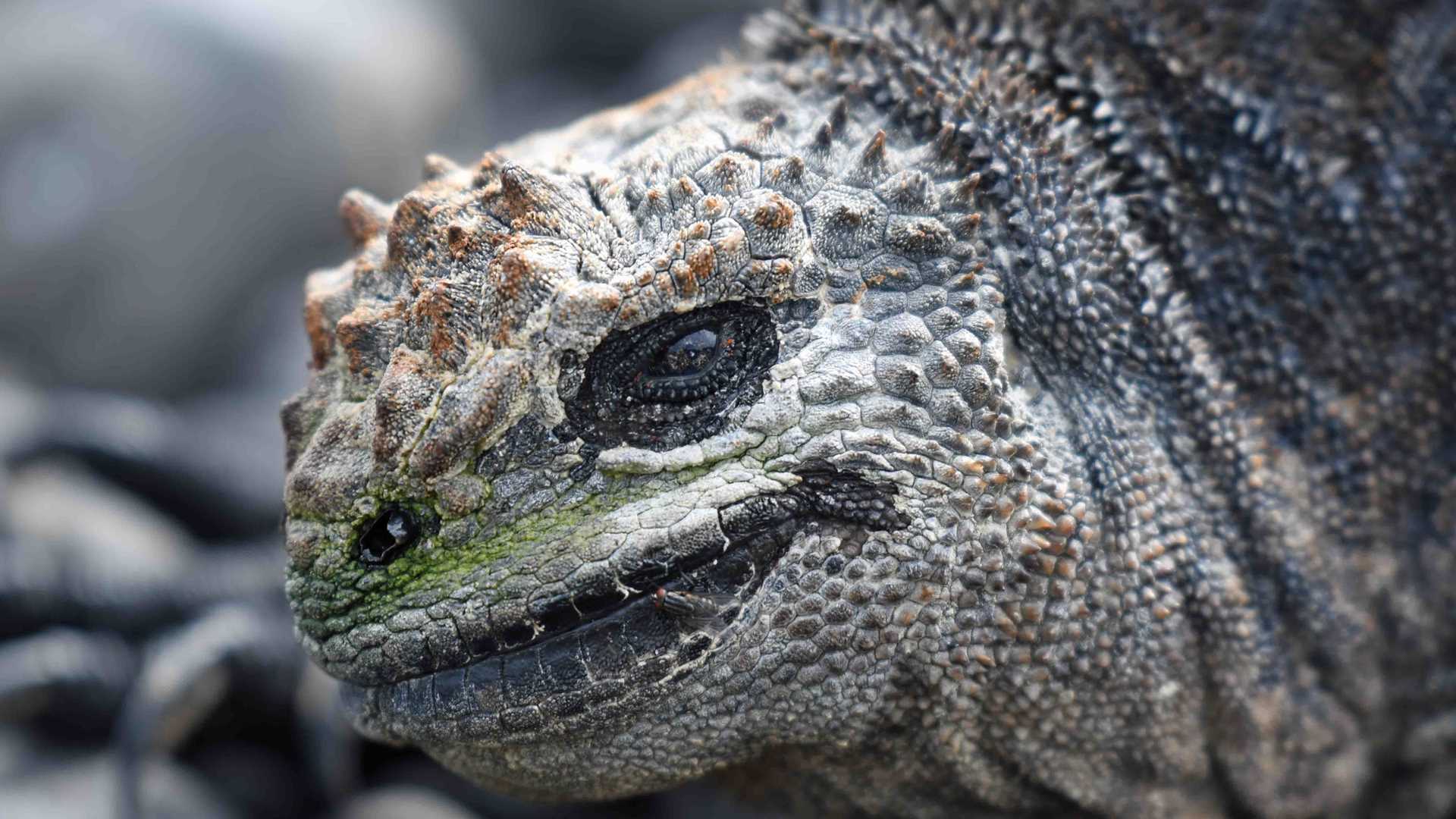Today we navigated along the coast of Isabela Island as we enjoyed breathtaking views from the ship. We anchored in two incredible sites. The first was Urbina Bay. We encountered giant manta rays on our way to the beach, which was an awesome way to start the day! Darwin’s finches and other land birds accompanied us when we moved inland. As the morning warmed up, we stood on the ship and jumped into the water.
Our second anchoring site was Tagus Cove. We kayaked and snorkeled for closer views of penguins and flightless cormorants. As the day wrapped up, some of us enjoyed sunset Zodiac rides while others walked up a hill to view the volcanoes.







